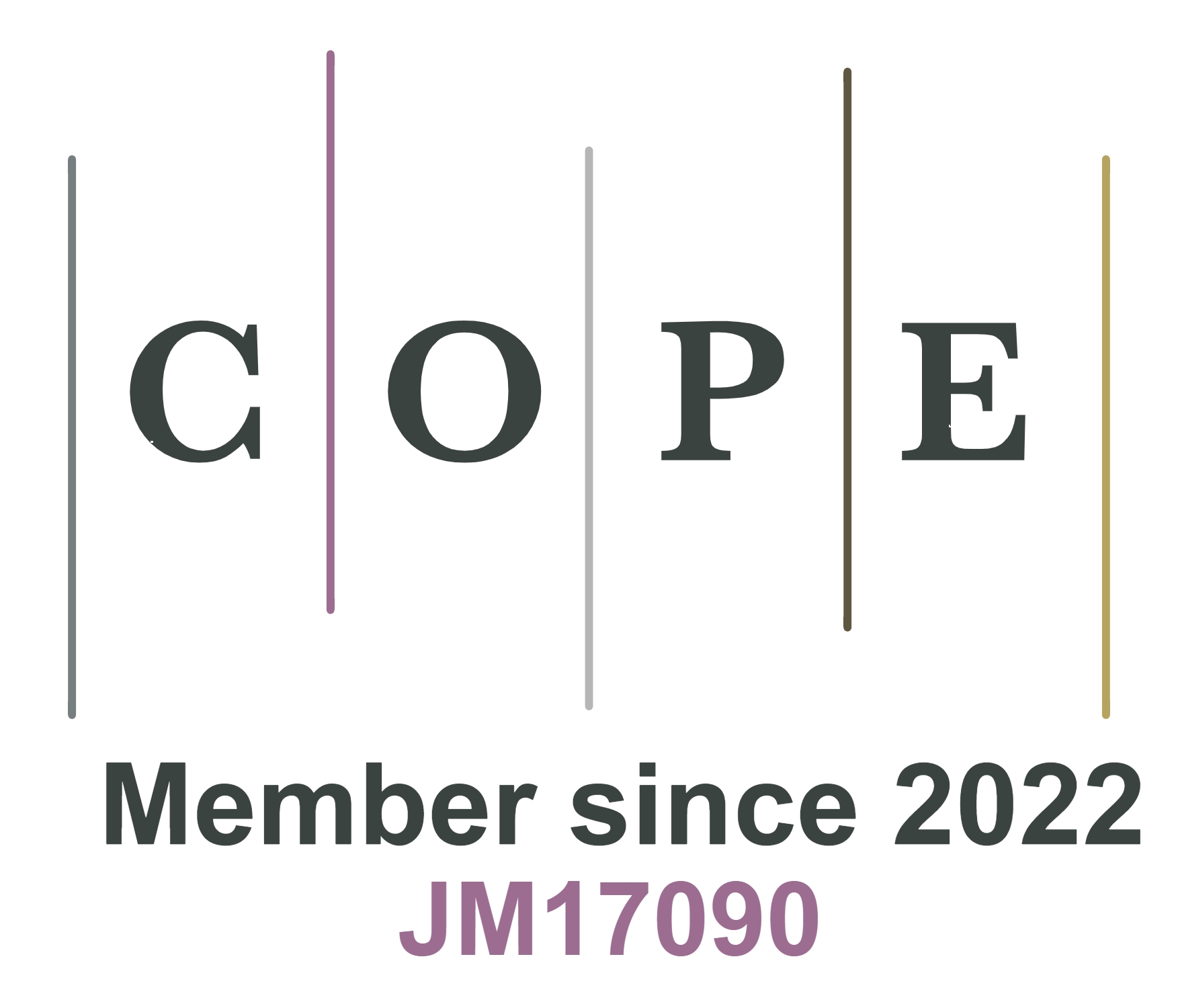REFERENCES
1. Li S, Pan H, Wang Y, Sun J. Polyelectrolyte complex-based self-healing, fatigue-resistant and anti-freezing hydrogels as highly sensitive ionic skins. J Mater Chem A. 2020;8:3667-75.
2. Baumgartner M, Hartmann F, Drack M, et al. Resilient yet entirely degradable gelatin-based biogels for soft robots and electronics. Nat Mater. 2020;19:1102-9.
3. Lei Z, Wu P. A supramolecular biomimetic skin combining a wide spectrum of mechanical properties and multiple sensory capabilities. Nat Commun. 2018;9:1134.
4. Feng Y, Liu H, Zhu W, et al. Muscle-inspired mxene conductive hydrogels with anisotropy and low-temperature tolerance for wearable flexible sensors and arrays. Adv Funct Materials. 2021;31:2105264.
5. Huang J, Wang H, Li J, et al. High-performance flexible capacitive proximity and pressure sensors with spiral electrodes for continuous human-machine interaction. ACS Materials Lett. 2022;4:2261-72.
6. Goh GL, Zhang H, Chong TH, Yeong WY. 3D printing of multilayered and multimaterial electronics: a review. Adv Electron Mater. 2021;7:2100445.
7. Oh J, Bae J. A direct ink writing based fabric-embedded soft sensor for improved durability and sewability. Smart Mater Struct. 2022;31:065020.
8. Kim S, Oh J, Jeong D, Park W, Bae J. Consistent and reproducible direct ink writing of eutectic gallium-indium for high-quality soft sensors. Soft Robot. 2018;5:601-12.
9. Javadi M, Gu Q, Naficy S, et al. Conductive tough hydrogel for bioapplications. Macromol Biosci. 2018;18:1700270.
10. Zhang H, Ren P, Yang F, et al. Biomimetic epidermal sensors assembled from polydopamine-modified reduced graphene oxide/polyvinyl alcohol hydrogels for the real-time monitoring of human motions. J Mater Chem B. 2020;8:10549-58.
11. Li X, He L, Li Y, et al. Healable, degradable, and conductive mxene nanocomposite hydrogel for multifunctional epidermal sensors. ACS Nano. 2021;15:7765-73.
12. Guo J, Yu Y, Zhang D, Zhang H, Zhao Y. Morphological hydrogel microfibers with mxene encapsulation for electronic Skin. Research. 2021;2021:7065907.
13. Lin M, Zheng Z, Yang L, et al. A high-performance, sensitive, wearable multifunctional sensor based on rubber/CNT for human motion and skin temperature detection. Adv Mater. 2022;34:e2107309.
14. Yu J, Feng Y, Sun D, Ren W, Shao C, Sun R. Highly conductive and mechanically robust cellulose nanocomposite hydrogels with antifreezing and antidehydration performances for flexible humidity sensors. ACS Appl Mater Interfaces. 2022;14:10886-97.
15. Liang D, Zhou G, Hu Y, Zhao C, Chen C. Metal cation-ligand interaction modulated mono-network ionic conductive hydrogel for wearable strain sensor. J Mater Sci. 2021;56:14531-41.
16. Hu J, Wu Y, Yang Q, et al. One-pot freezing-thawing preparation of cellulose nanofibrils reinforced polyvinyl alcohol based ionic hydrogel strain sensor for human motion monitoring. Carbohydr Polym. 2022;275:118697.
17. Fan Z, Duan L, Gao G. Self-healing carrageenan-driven polyacrylamide hydrogels for strain sensing. Sci China Technol Sci. 2020;63:2677-86.
18. Yang L, Wang Z, Fei G, Xia H. Polydopamine particles reinforced poly(vinyl alcohol) hydrogel with NIR light triggered shape memory and self-healing capability. Macromol Rapid Commun. 2017;38:1700421.
19. Zhao Y, Li Z, Song S, et al. Skin-inspired antibacterial conductive hydrogels for epidermal sensors and diabetic foot wound dressings. Adv Funct Mater. 2019;29:1901474.
20. Panwar V, Babu A, Sharma A, et al. Tunable, conductive, self-healing, adhesive and injectable hydrogels for bioelectronics and tissue regeneration applications. J Mater Chem B. 2021;9:6260-70.
21. Zhou J, Gu Y, Deng Z, et al. The dispersion of Au nanorods decorated on graphene oxide nanosheets for solar steam generation. SM&T. 2019;19:e00090.
22. Jing X, Mi H, Napiwocki BN, Peng X, Turng L. Mussel-inspired electroactive chitosan/graphene oxide composite hydrogel with rapid self-healing and recovery behavior for tissue engineering. Carbon. 2017;125:557-70.
23. Yang J, Yu W, Zhang Y, Liu C, Xie H. Graphene double cross-linked thermally conductive hydrogel with low thermal contact resistance, flexibility and self-healing performance. Int Commun Heat Mass Trans. 2021;127:105537.
24. Han L, Zhang Y, Lu X, Wang K, Wang Z, Zhang H. Polydopamine nanoparticles modulating stimuli-responsive PNIPAM hydrogels with cell/tissue adhesiveness. ACS Appl Mater Interfaces. 2016;8:29088-100.
25. Yin J, Liu Q, Zhou J, et al. Self-assembled functional components-doped conductive polypyrrole composite hydrogels with enhanced electrochemical performances. RSC Adv. 2020;10:10546-51.
26. Li C. Towards conductive hydrogels in e-skins: a review on rational design and recent developments. RSC Adv. 2021;11:33835-48.
27. Zhao D, Liao G, Gao G, Liu F. Influences of intramolecular cyclization on structure and cross-linking reaction processes of PVA hydrogels. Macromolecules. 2006;39:1160-4.
28. Luo D, Guo L, Wang Y, Wang P, Chang Z. Novel synthesis of PVA/GA hydrogel microspheres based on microfluidic technology. J Flow Chem. 2020;10:551-62.
29. Tanpichai S, Oksman K. Cross-linked nanocomposite hydrogels based on cellulose nanocrystals and PVA: Mechanical properties and creep recovery. Compos Part A Appl Sci Manuf. 2016;88:226-33.
30. Fan L, Mei X, Zhang J, et al. Effect of multi-walled carbon nanotube on thermal decomposition, mechanical and heat-induced shape memory properties of crosslinked poly(vinyl alcohol). Smart Mater Struct. 2021;30:115017.
31. Sun X, Fujimoto T, Uyama H. Fabrication of a poly(vinyl alcohol) monolith via thermally impacted non-solvent-induced phase separation. Polym J. 2013;45:1101-6.
32. Jing X, Mi H, Peng X, Turng L. Biocompatible, self-healing, highly stretchable polyacrylic acid/reduced graphene oxide nanocomposite hydrogel sensors via mussel-inspired chemistry. Carbon. 2018;136:63-72.
33. Xie Z, Li H, Mi H, Feng P, Liu Y, Jing X. Freezing-tolerant, widely detectable and ultra-sensitive composite organohydrogel for multiple sensing applications. J Mater Chem C. 2021;9:10127-37.
34. Ge G, Lu Y, Qu X, et al. Muscle-Inspired self-healing hydrogels for strain and temperature sensor. ACS Nano. 2020;14:218-28.
35. Guo Y, Zhou X, Tang Q, Bao H, Wang G, Saha P. A self-healable and easily recyclable supramolecular hydrogel electrolyte for flexible supercapacitors. J Mater Chem A. 2016;4:8769-76.
36. Zhao R, Jiang L, Zhang P, Li D, Guo Z, Hu L. Graphene oxide-based composite organohydrogels with high strength and low temperature resistance for strain sensors. Soft Matter. 2022;18:1201-8.










